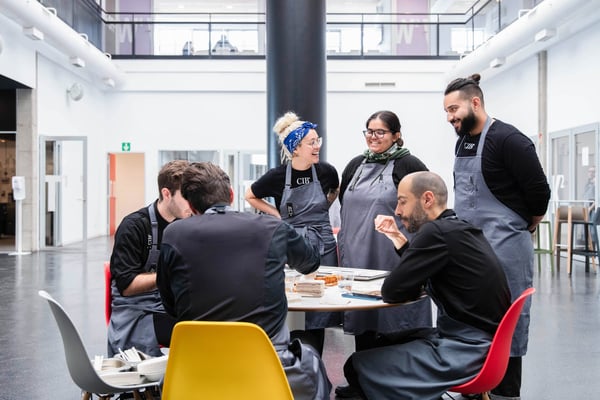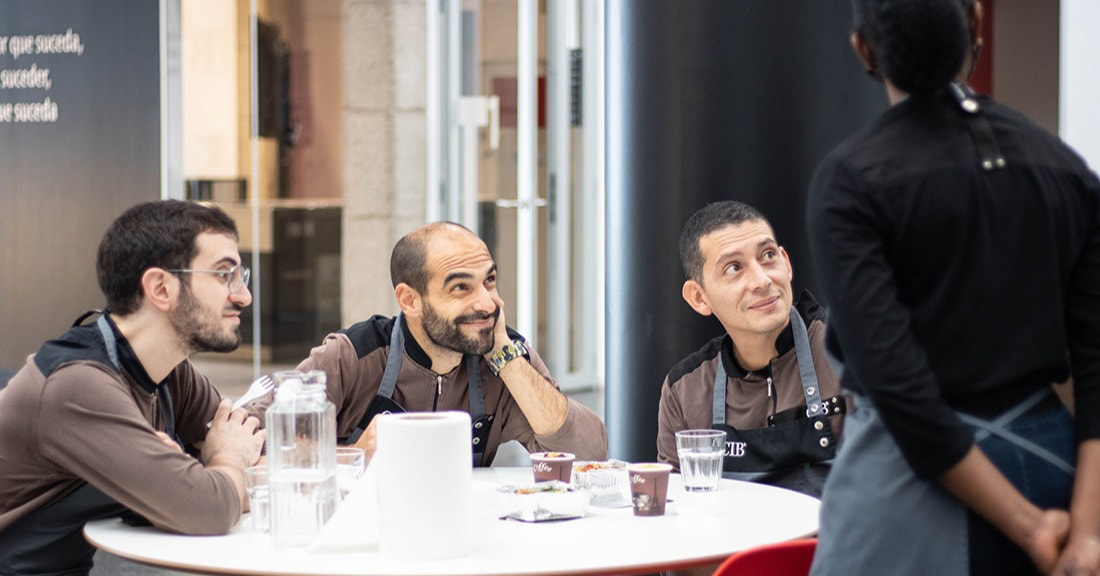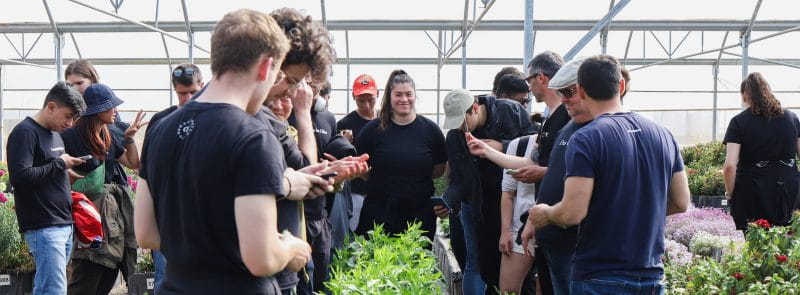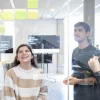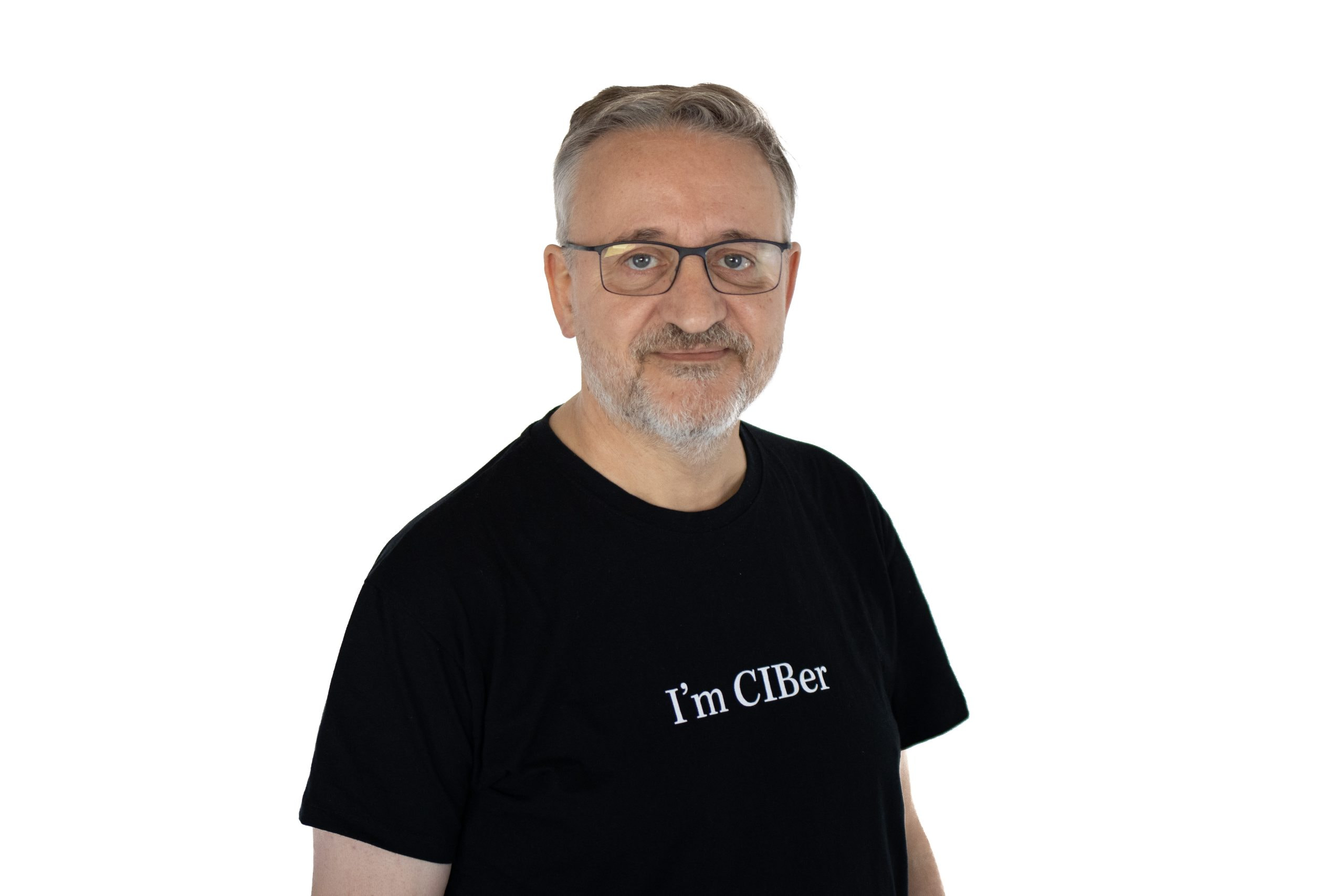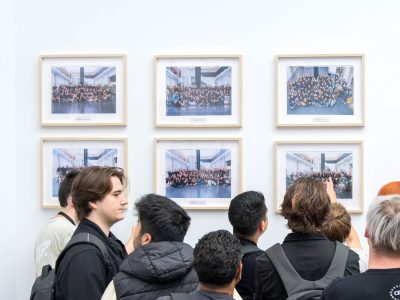In the curricular evaluation of cooking schools, the ability of the student to replicate and accurately known parameters and values is assessed through subjective indicators. At the Culinary Institute of Barcelona we know that professional success does not work this way because kitchens are, fundamentally, teamwork. We judge the global results in the same way as in companies, and we reserve personal assessment for those cognitive and attitudinal skills that make the individual different. It is a pedagogical model with cross-sectional and motivating evaluation that uses the challenge as a framework for action for students to make their proposals for resolution.
“Contrary to what many people think, academic ability is not synonymous with intelligence. We have become used to believing that a child who does not do well in school is not intelligent, when in fact he may be very talented and bright and creative. The problem is in the educational system intelligence is not valued, but the ability to excel in certain subjects or subjects ” – Ken Robinson.
The pedagogical evaluation of the CIB
When we designed the CIB, we had already determined that independent subject assessment systems were neither useful nor close to the reality of the professional world. People, in their work, are not judged by their degree as experts in a certain function, but by their global capacity rather than the specific one. So we asked ourselves why we should follow the traditional evaluation model by analyzing microknowledge (the fractions of what you know) instead of measuring macroknowledge (what you know how to do with what you know), as in real life.
“Life is about challenges, not forms.” – Ferran Fisas
Integrated into the educational model and study plan, the Challenge allows us to visualize the result independently of the micro, evaluating transversally by involving knowledge, skills, attitudes and possibilities through challenges to solve real and increasingly complex problems.
We believe that the evaluation experience should be positive, useful and motivating to improve oneself by providing an extraordinary level of self-knowledge.
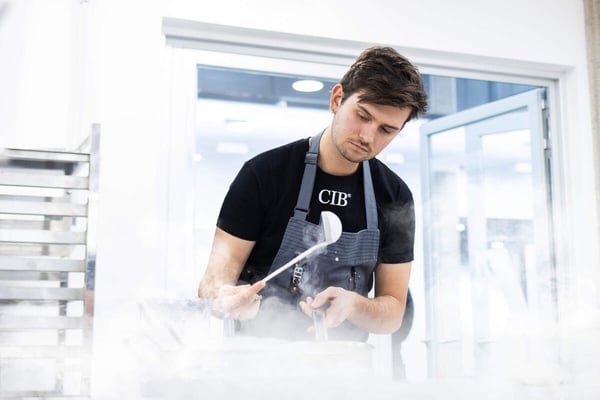
In the CIB, subjects are evaluated in a transversal way. In other words, in the same exercise, different subjects are evaluated simultaneously. For this to be possible, the following precepts must be met:
- The subject to be assessed has been given previously at the time of the assessment. There must be a synchronized timeline between the evaluation and the subject calendar.
- The taxonomy or depth of the objective of that subject is proportional to what the student has learned up to that moment.
- That the person who evaluates this subject has, at least, the same criteria as the one who worked as a trainer of the subject evaluated. He cannot evaluate if he does not know the objective, the criterion or the indicator.

Almost all evaluations are in groups, with several components on each team. When this occurs, the evaluation should be done to the group and not to the individual. It is necessary to argue to the student that the work of a kitchen is a team effort and that in the restaurant or kitchen he will be judged by his clients not by the individuality of the chef, but by the result of the team including the chef. As with a soccer team, the match indicator is for the team, win, tie or lose, regardless of the indicator for each individual player.
Likewise, at the CIB we ensure that our main axes are creativity and innovation, and we describe them as follows:
- Creativity is the tool, the way of doing it and the attitude that allows you to find better solutions than others.
- Innovation is the formula that allows you to be ahead of others. If in it, you must follow who innovates.
- Looking to the future as a starting point with suitable proposals for a new business and human ethics and respect for the environment.
This is why when we evaluate someone who creates or innovates it is certainly complex to adjust to predetermined parameters, since creativity starts from the need to get out of the predetermined and innovation from the known. We believe and affirm that, in the context of the development of creativity in education and innovation, everything a student says or does is a proposal and these can never be considered incorrect, good or bad, but adjusted or not to the objective of the exercise.
Therefore, it is necessary that there is always a defined objective in each evaluation session (just as there should be in each learning experience) for the evaluation to meet it.These objectives must be defined in each subject of the evaluation and they mus have taxonomic congruence (know, understand, apply, analyze, evaluate, create) and, after that, have the grading of the rubric adjusted.
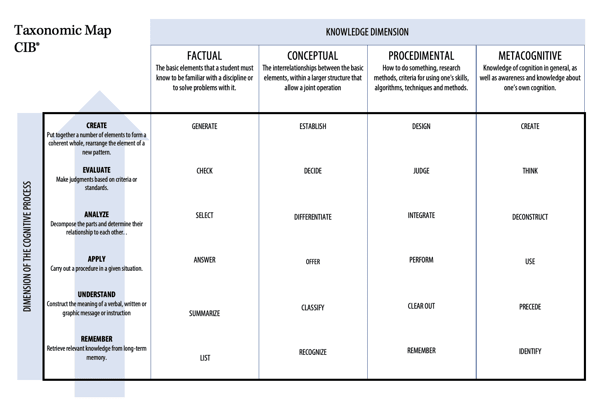
The focus of the challenge
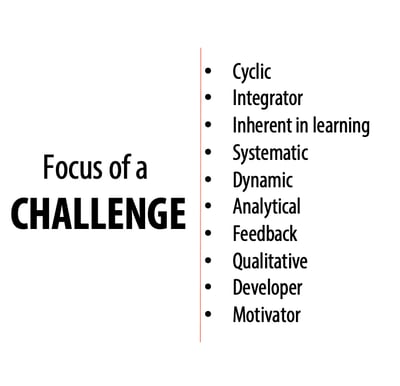
- It is cyclical. It begins with the formulation of the objectives, culminates with the confirmation of these.
- It is inclusive. It is not only concerned with performance, but with the factors that influence the conditioning of learning.
- It is inherent to learning. It is inherently linked to it, it is not parallel.
- It is systematic. It is planned, conducted and evaluated.
- Give a diagnosis. You are interested in detecting learning deficiencies.
- It is dynamic. It is adapted to the circumstances of each curricular moment.
- It is analytical. By studying the results, one tends to discover efficiency in processes and methodologies.
- It is feedback. According to the successes and failures, it provides very relevant information that enhances self-knowledge.
- It is qualitative. It allows to analyze contributions or learning results in terms of efficiency, quality.
- It is revealing. Through the exercise and its contextual approach, the student visualizes his own future.
- It is motivating. Through the results, the student achieves stimuli for new learning.
